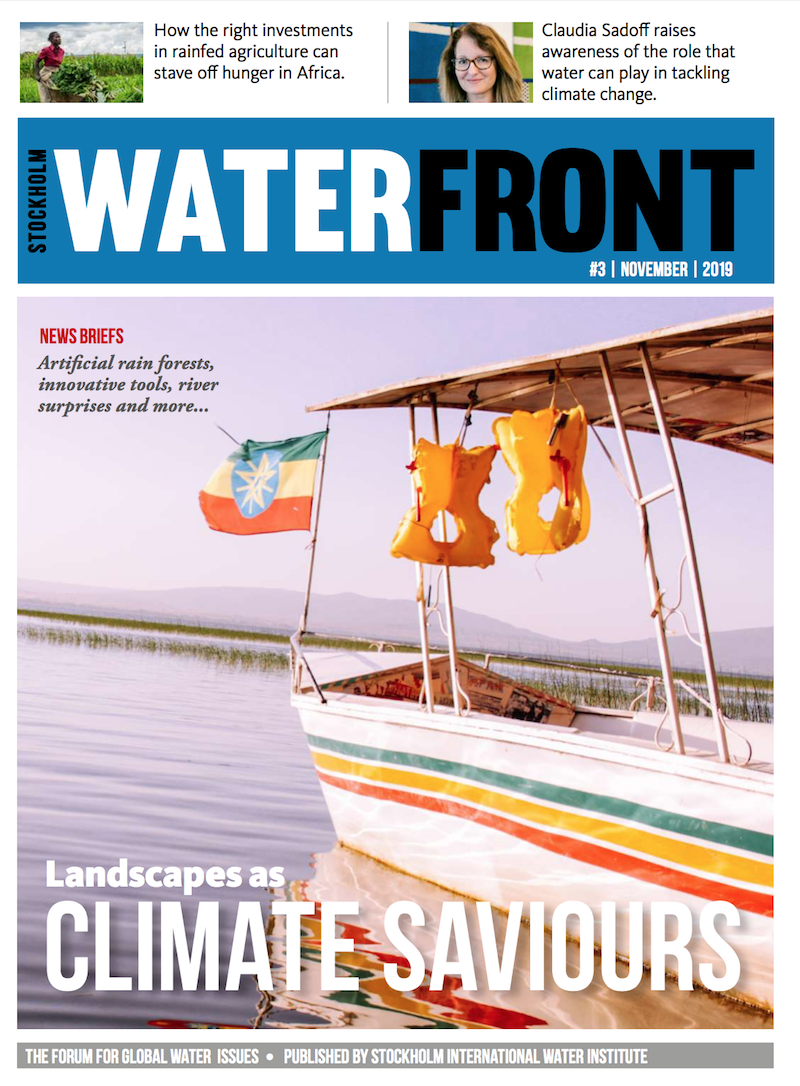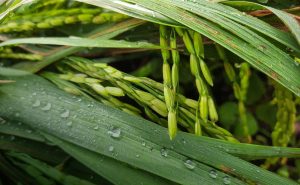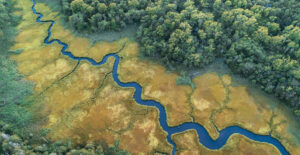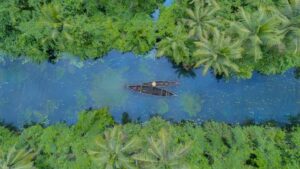Stockholm Water Front No 3, 2019
In this issue of WaterFront, we looked into innovative initiatives that focus on the role of water in landscapes and how it can provide climate solutions.

A growing number of countries across the world are starting to understand that their futures depend on resilient landscapes. We need forests and wetlands to absorb carbon, protect biodiversity, recharge groundwater and reduce the impact from extreme weather.
At the same time, many decision-makers feel pressured to sacrifice wildland to let agriculture expand, since they must feed swelling populations and compensate for less productive soils. This could easily trigger a vicious cycle, with more and more land turned from carbon sinks to carbon sources.
It is, however, not an inescapable trap. In this issue of WaterFront, we looked into innovative initiatives that focus on the role of water in landscapes and how it can provide climate solutions.
Starting on page 4, we analyze the barriers governments face when it comes to sustainable use of land and water, drawing on lessons from the Nairobi Water Fund in Kenya as well as work with a Blue Target Tool in Brazil. How rainfed agriculture can improve food security in Africa is explored on page 7.
To meet the leading resilience expert Claudia Sadoff, from the International Water Management Institute, turn to page 8. We also learn about how residents around Lake Hawassa in Ethiopia tackle the lake’s pollution problems, on page 12. Lastly, on page 14, Mats Eriksson from SIWI explains why we should be paying much closer attention to what is happening to snow and ice in the world’s coldest mountain regions.
Enjoy the read!



